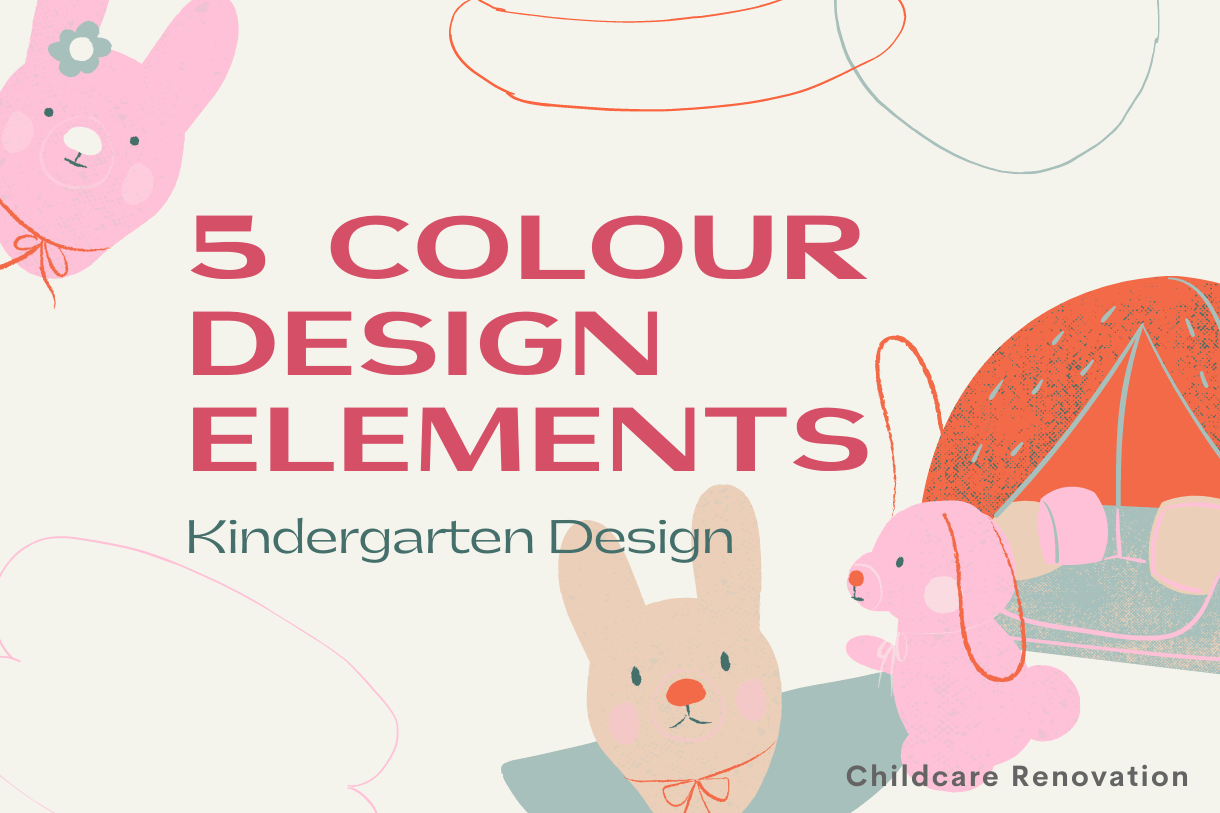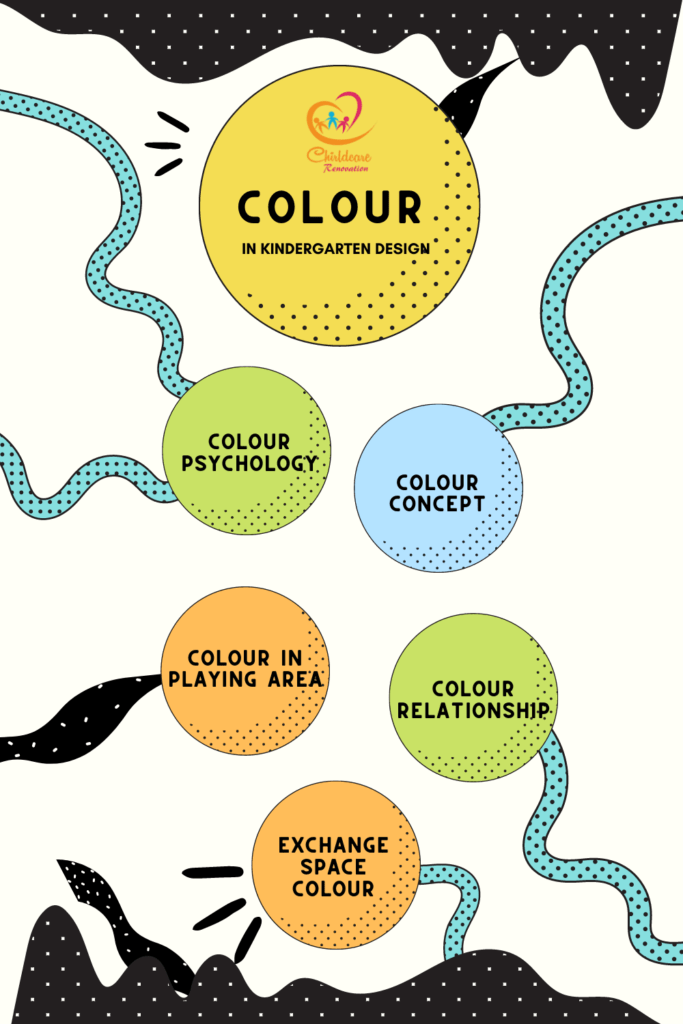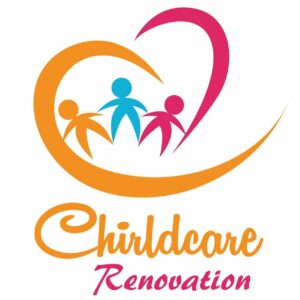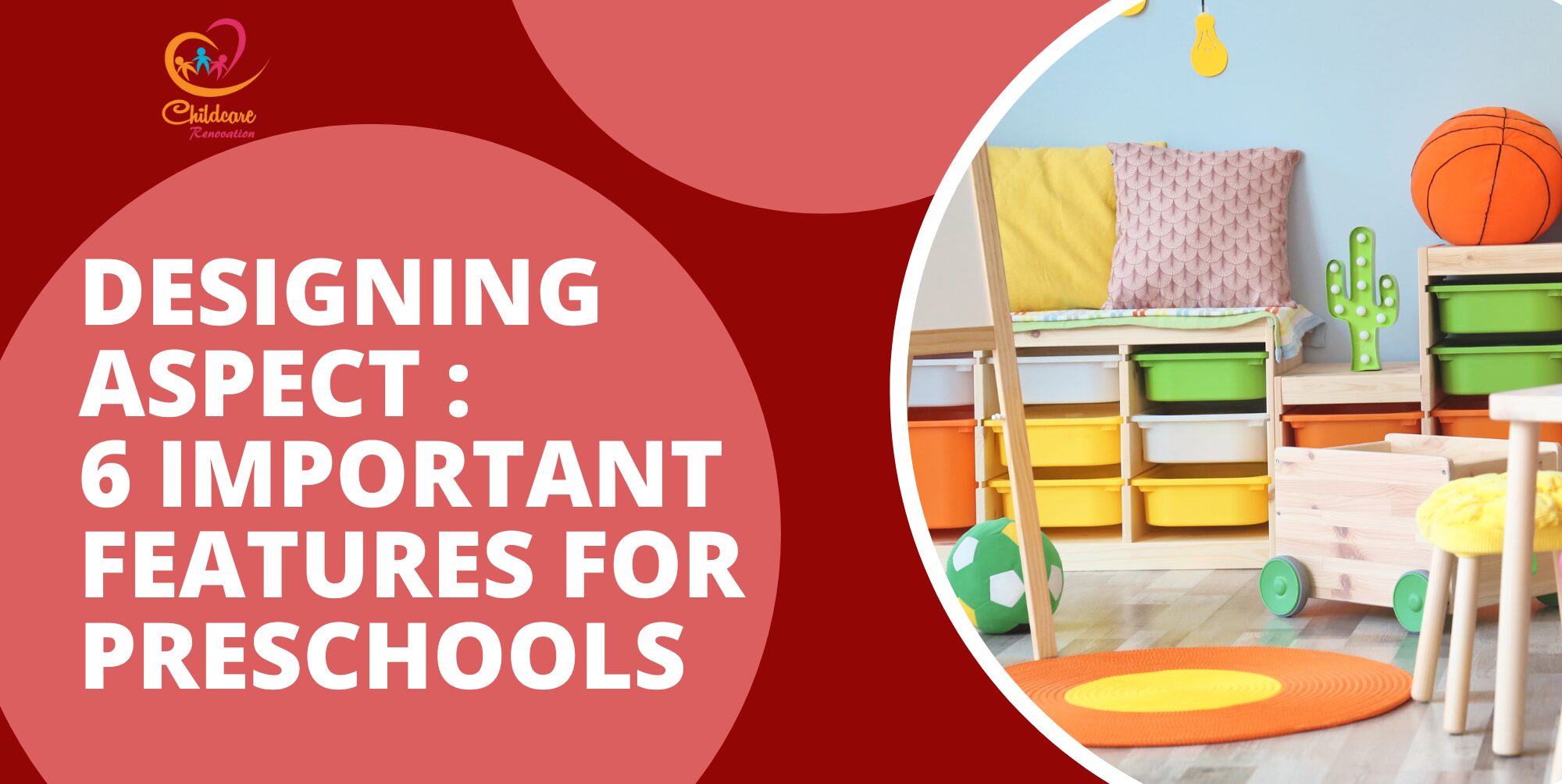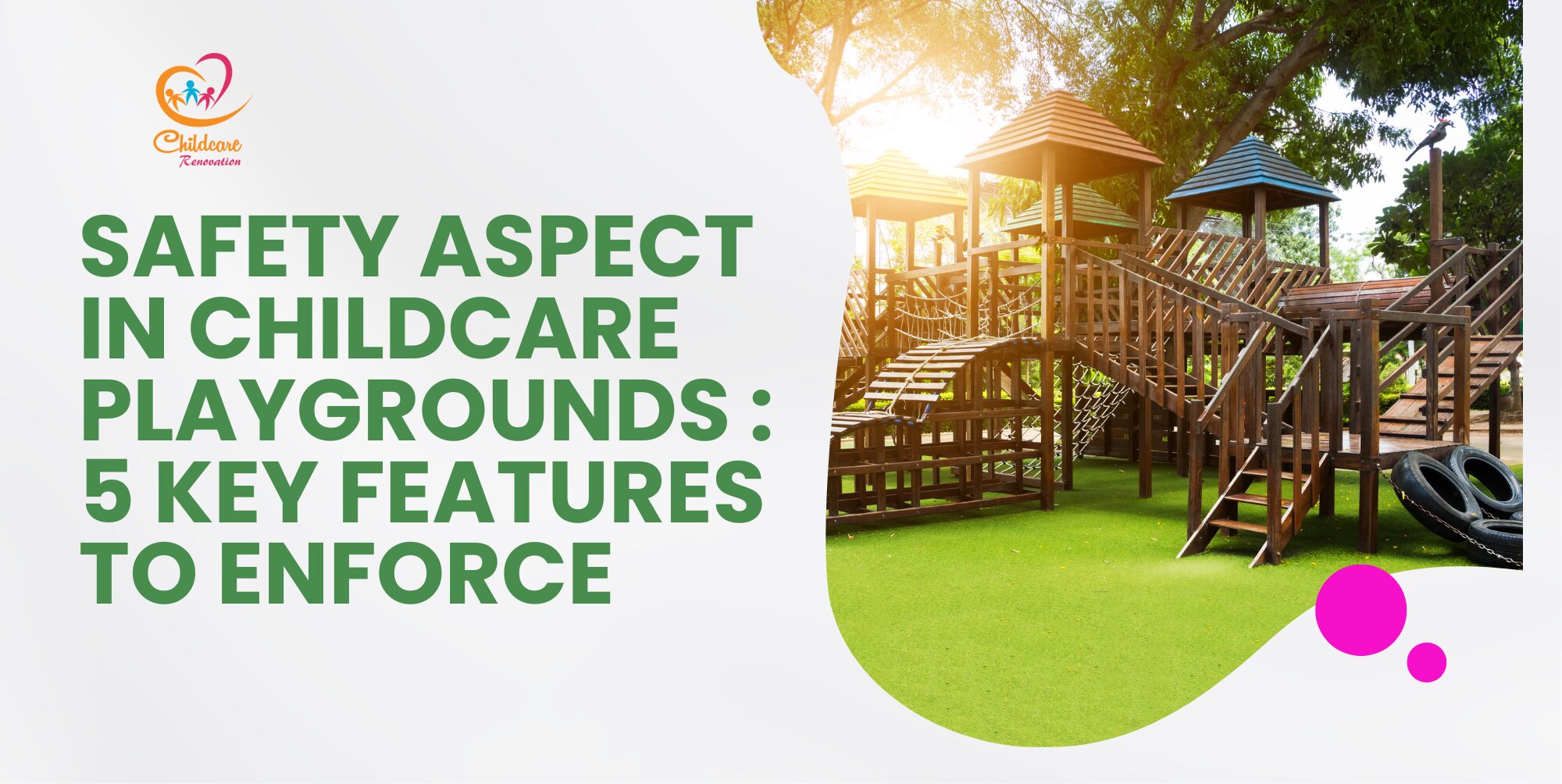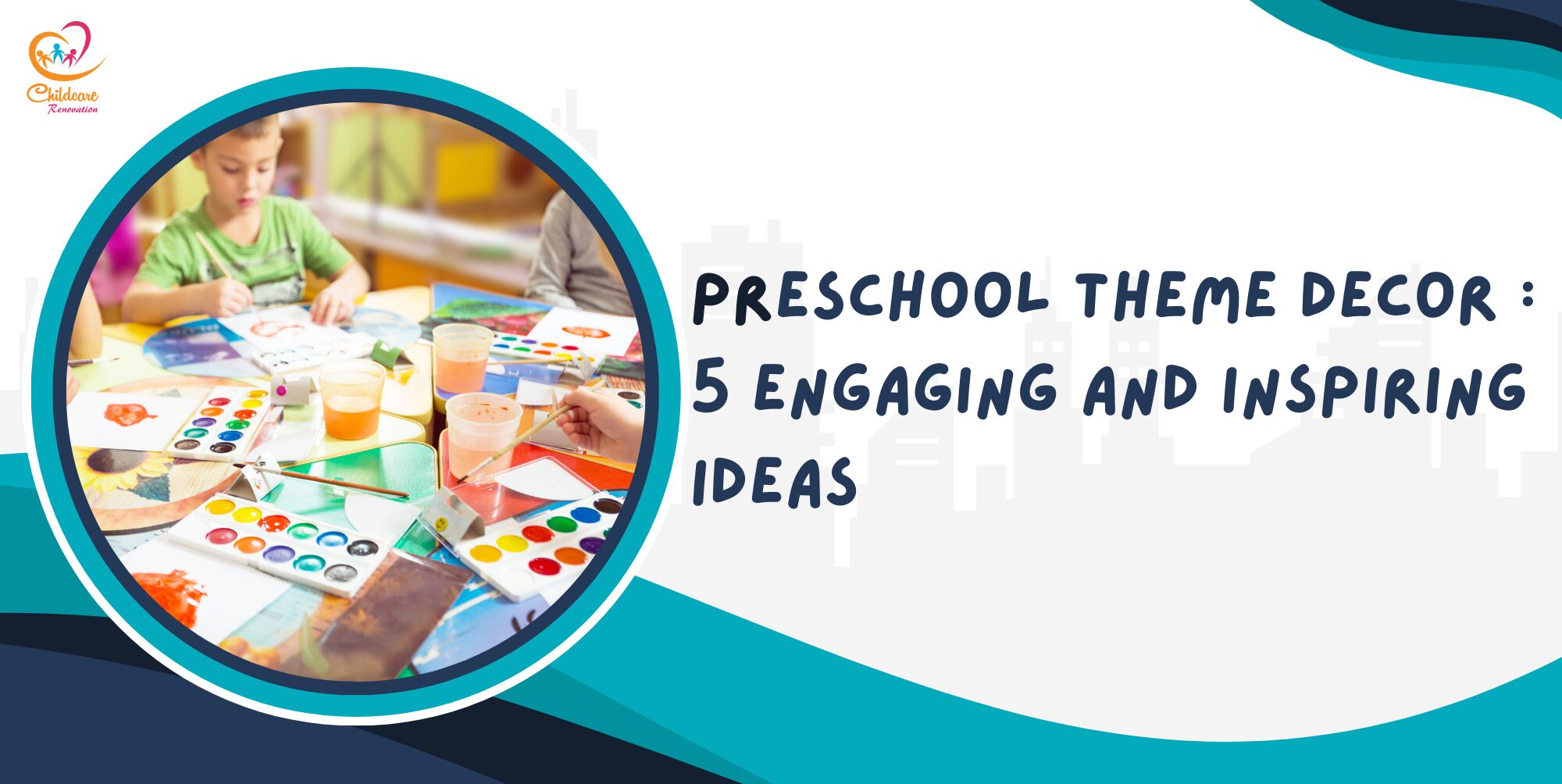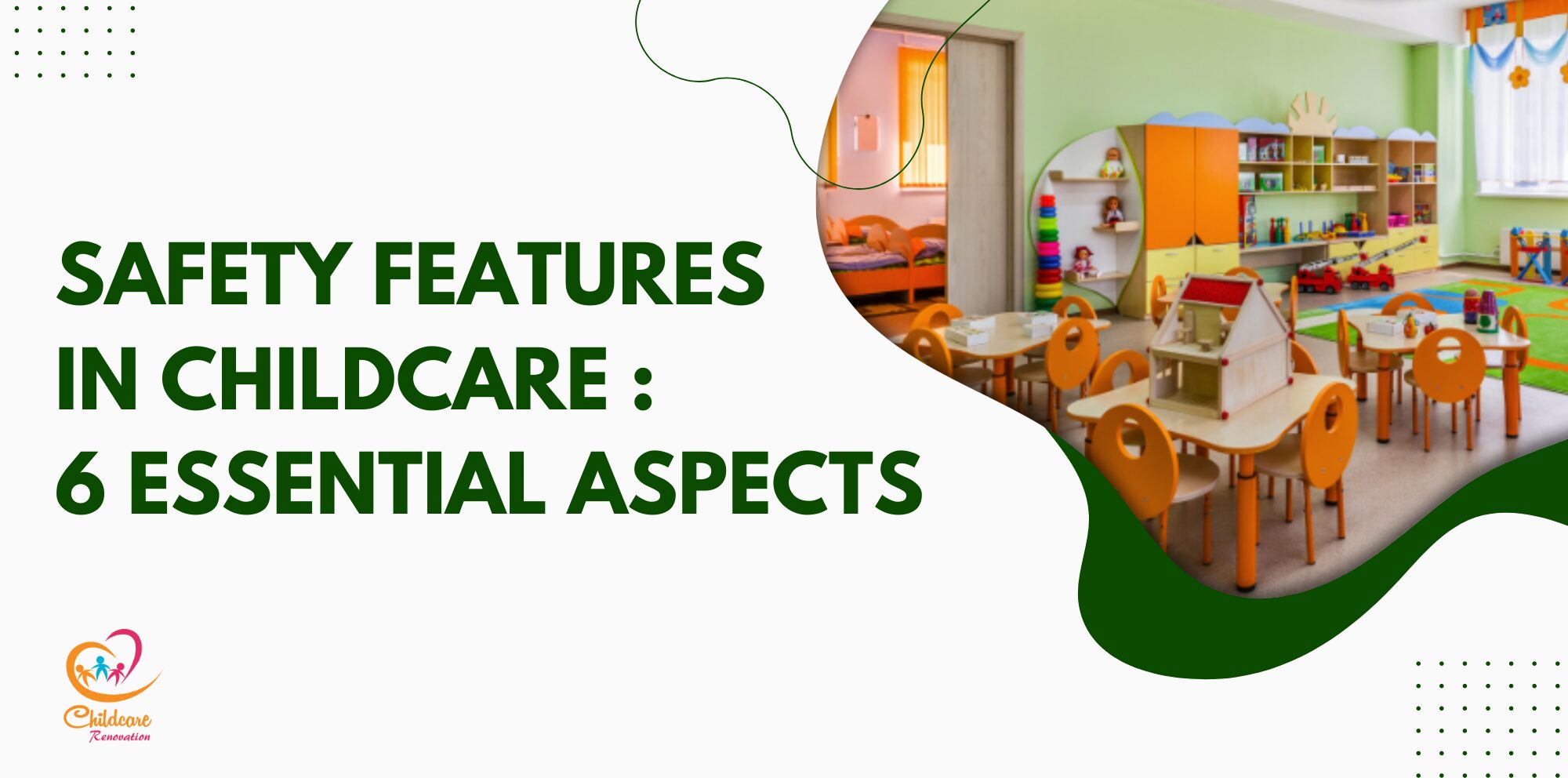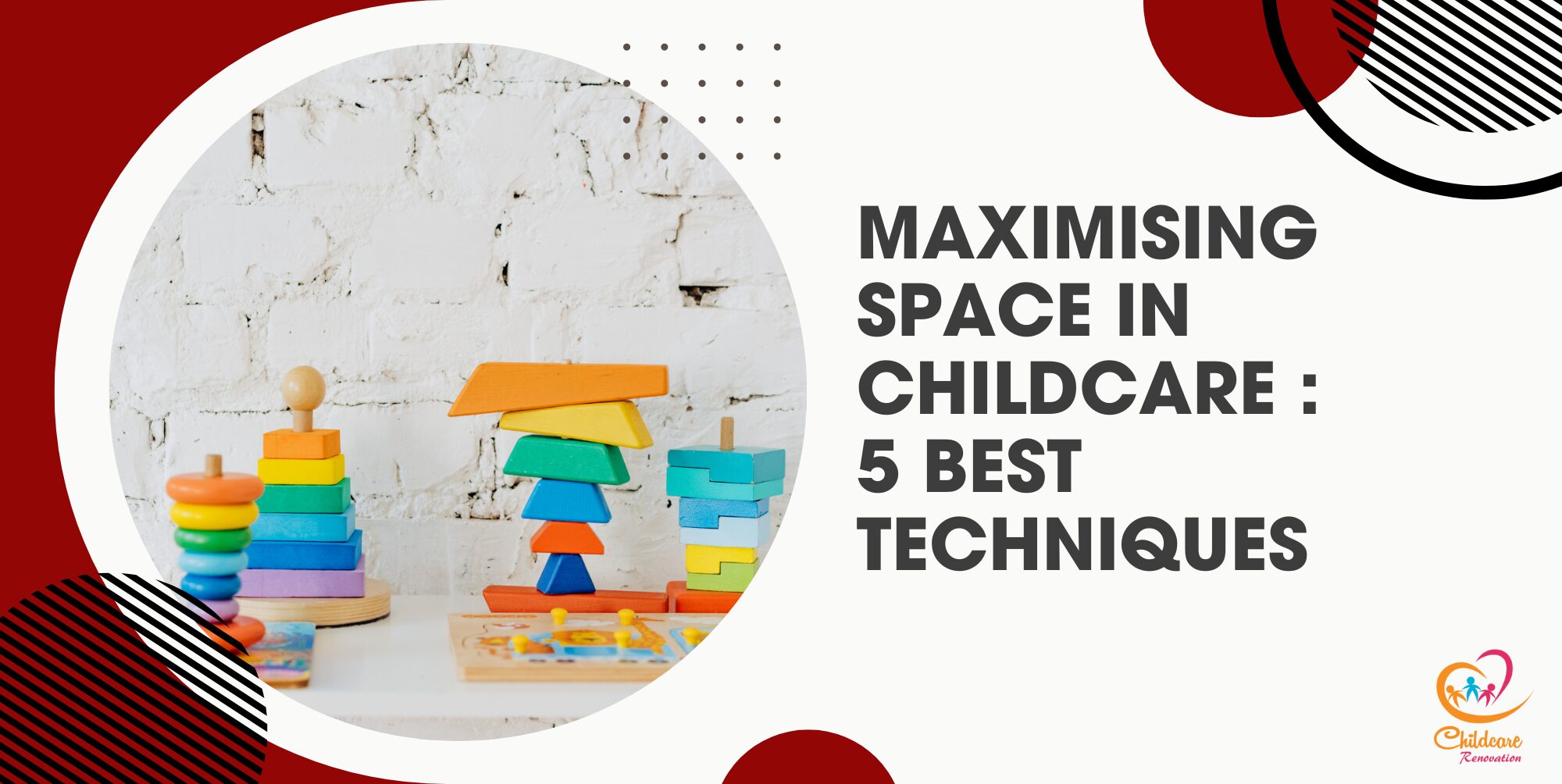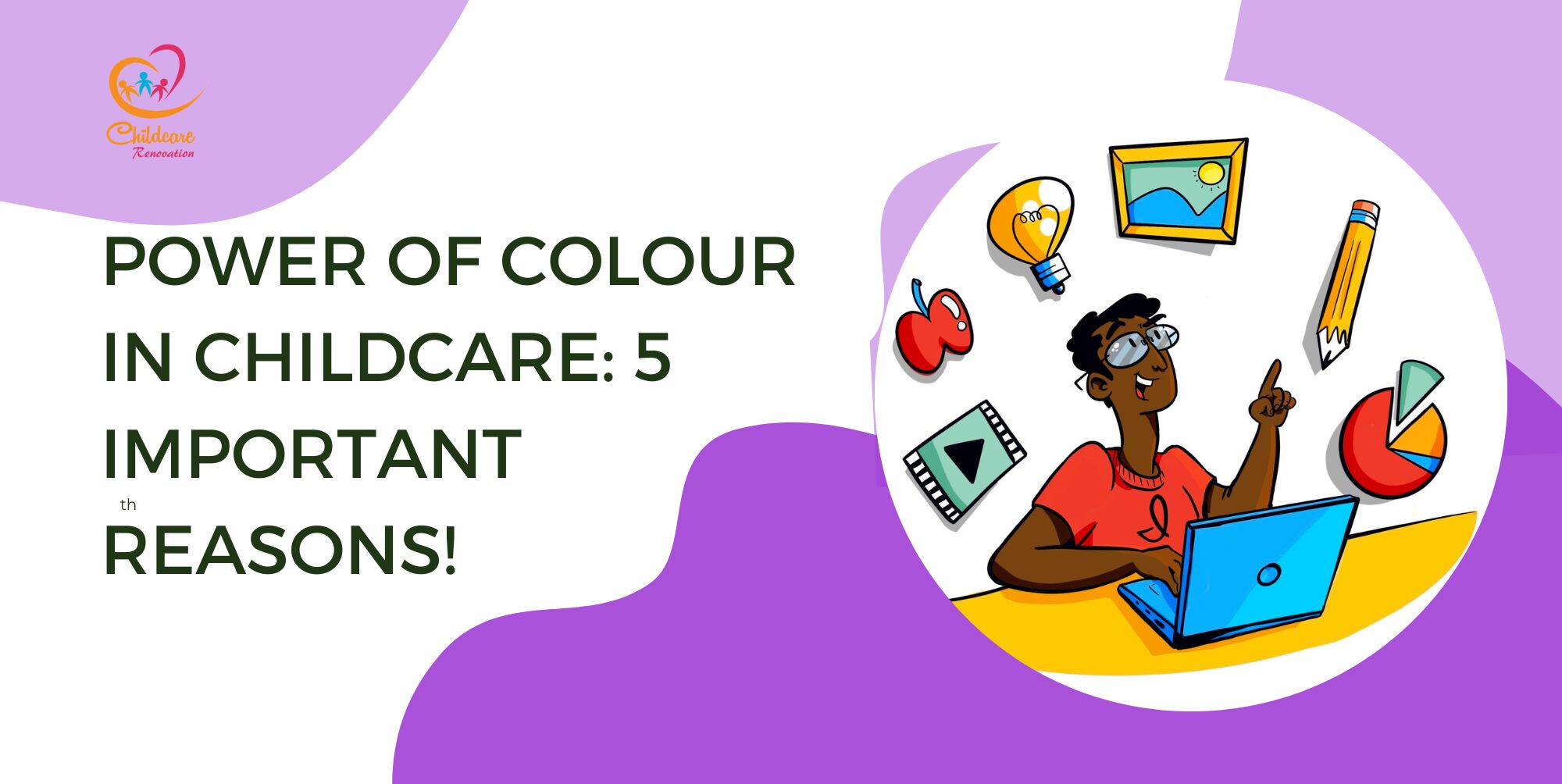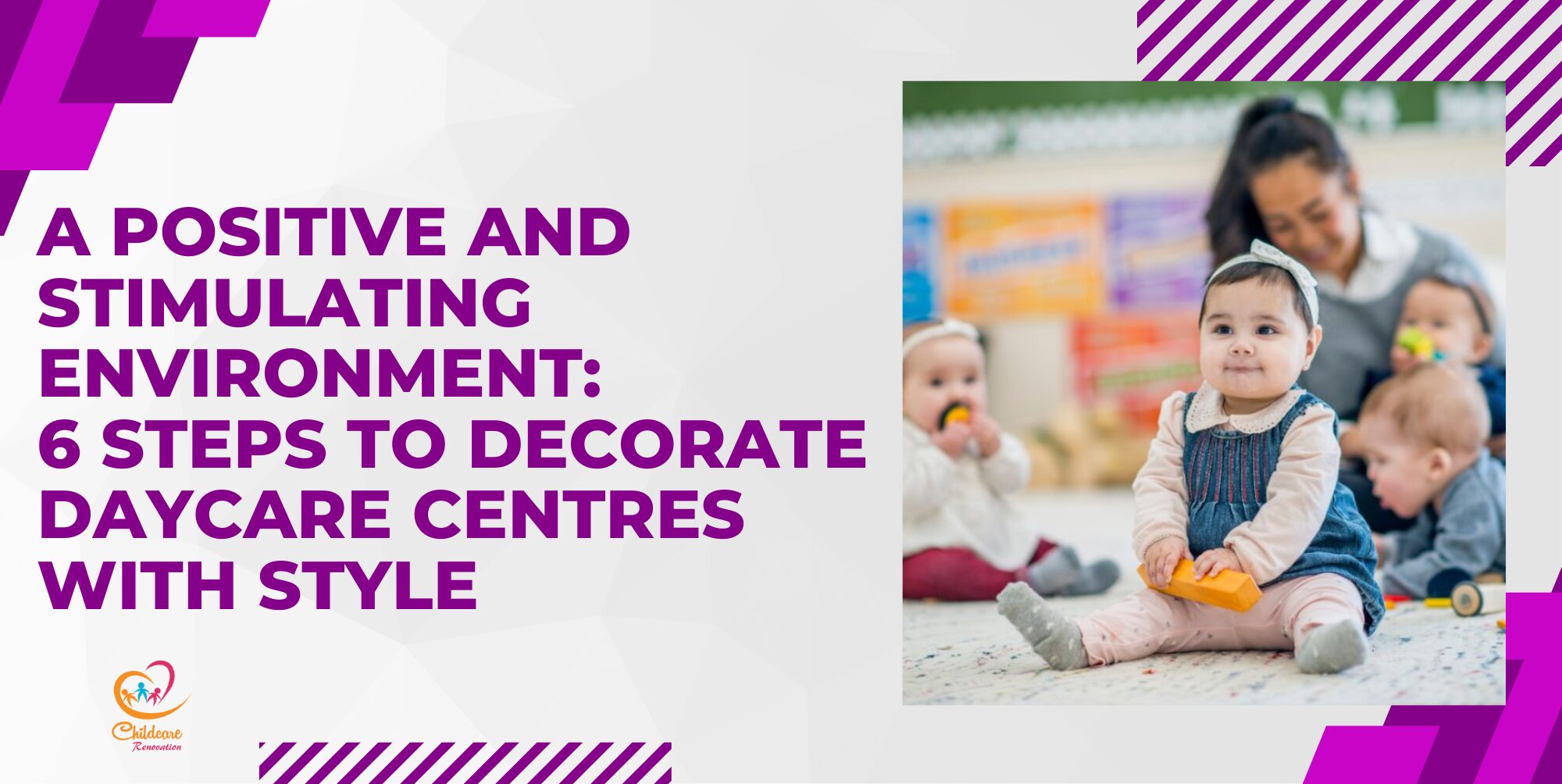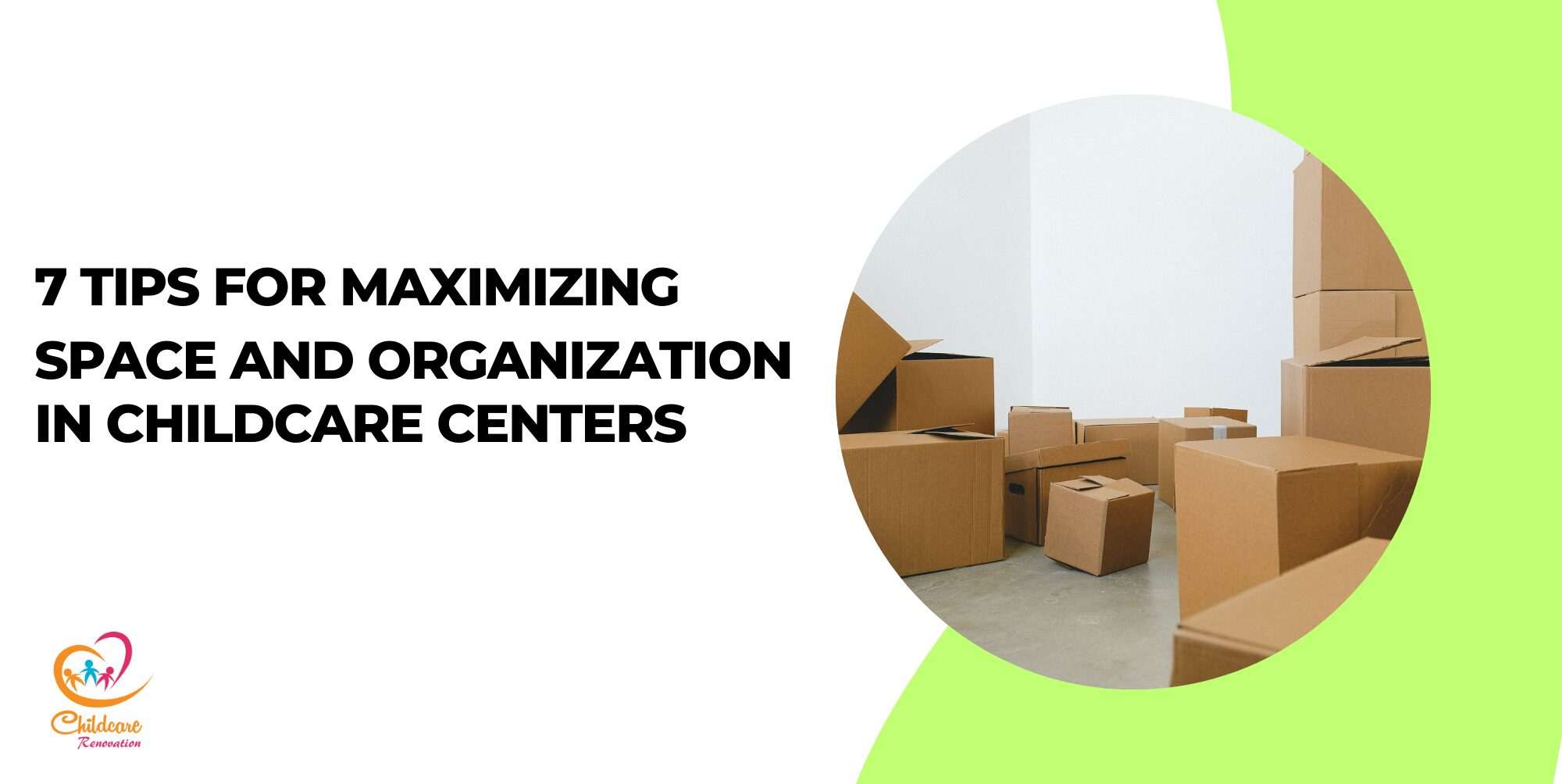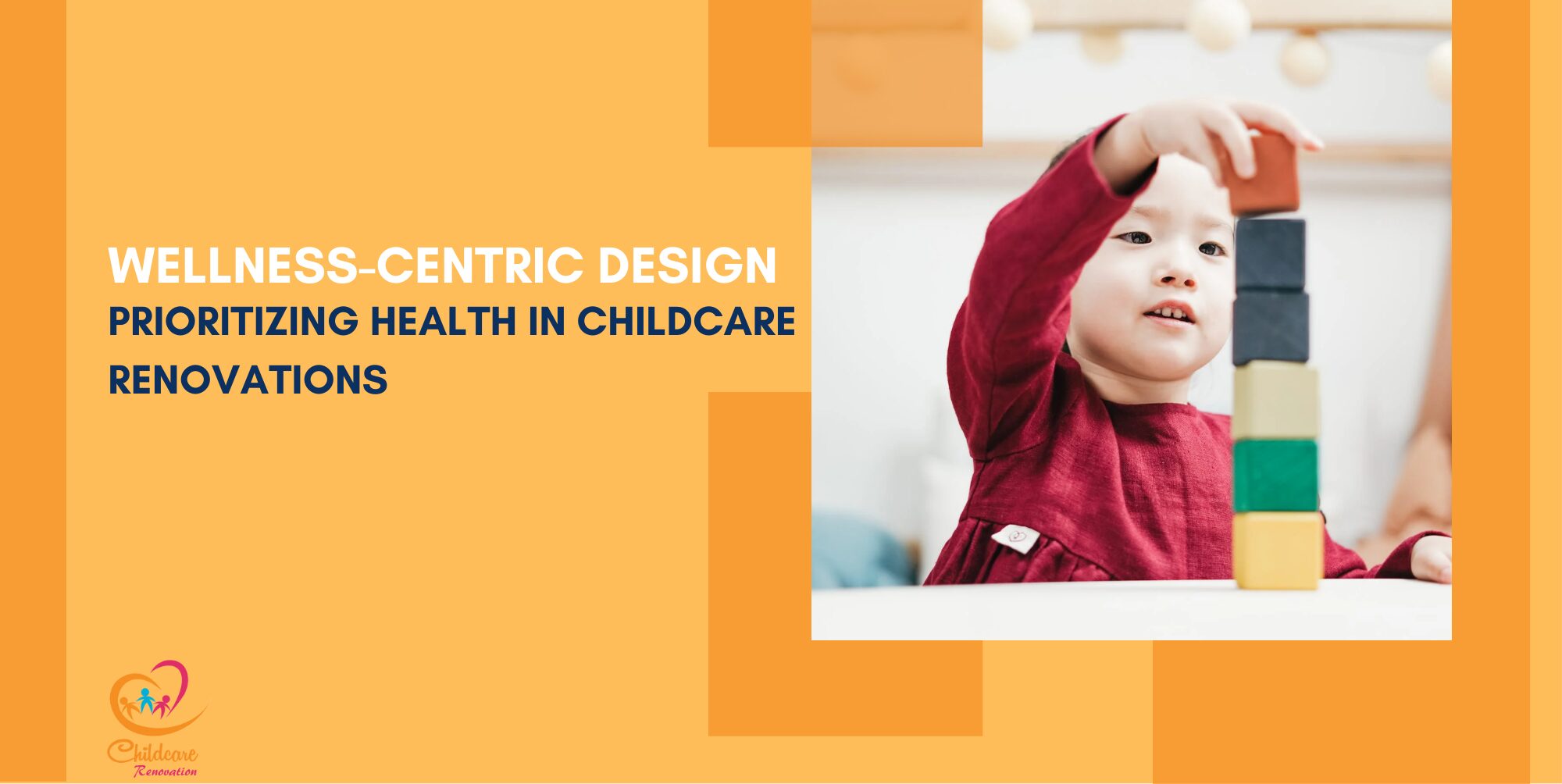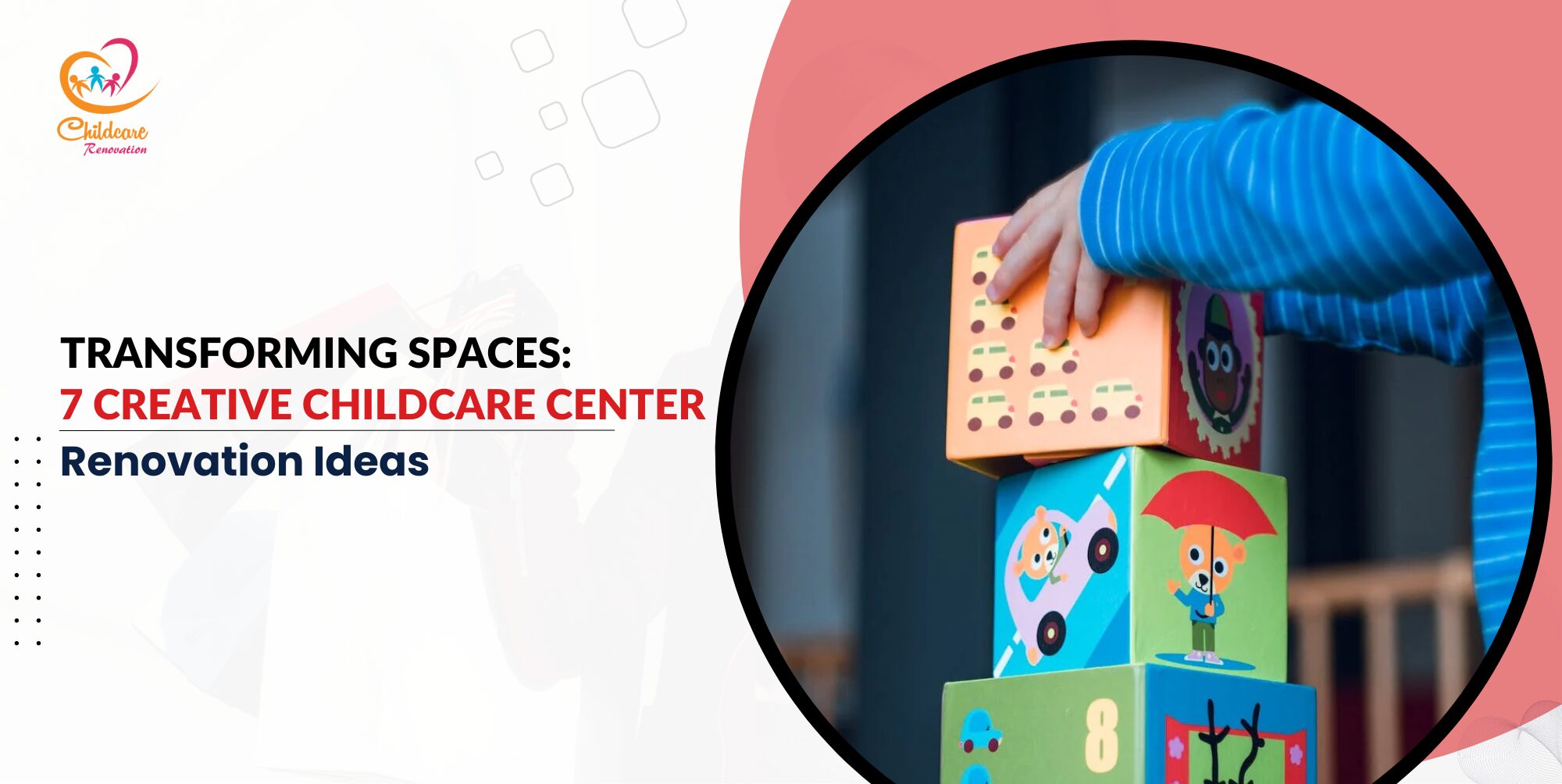Colour is a power that directly influences the soul. ~ Wassily Kandinsky
The kindergarten design must always meet the physical and mental needs of children as well as the teaching goals of kindergarten. It is important to create a safe and rich learning environment for the children. Colour is one of the major design elements when it comes to interior design and renovation. The function of the colour in kindergarten design needs to focus on the comfort level of children in space.
As a designer for kindergarten interior, it’s not only about mastering interior design skills but to understanding the psychological development law of children to have a better understanding to create a high-quality learning environment.
Today, we are going to talk about colour matching and the use of colours in kindergarten design as research shows that children’s colour preference is closely related to their emotions and personality, which reflects children’s psychological feelings, such as happiness or sadness. As a second home for children, the colour design in kindergarten is very important.
Colour Design In Kindergarten
- Colour Psychology
- Colour Concept
- Colour for Playing Area
- Colour Relationship
- Exchange Space Colour
1. Colour Psychology
The knowledge of colour psychology should be applied in the kindergarten design because different colours will stimulate different emotions. In fact, colour has a strong impact on developing children’s cognitive and thinking abilities. Early childhood is the most important stage of children’s growth.

Image Credit: Pinterest
A study conducted in 1993 by Boyatzis & Varghese followed by subsequent studies in 2001 and 2003 showed the relationship between colour preferences and student’s performance. Hence, kindergarten design should use colour to define the space’s purpose and identity, as well as improve the teaching and learning experience through the right colour matching.
2. Colour Concept
The concept of being people-oriented should be considered in the colour design in kindergarten. The concept of colour ideas in kindergarten design is used to enrich the learning space where can strengthen children’s spatial awareness, and make the space function more humanized.
Designers should pay attention to the allocation of colours in the classroom to convey a welcoming visual and psychological feeling.
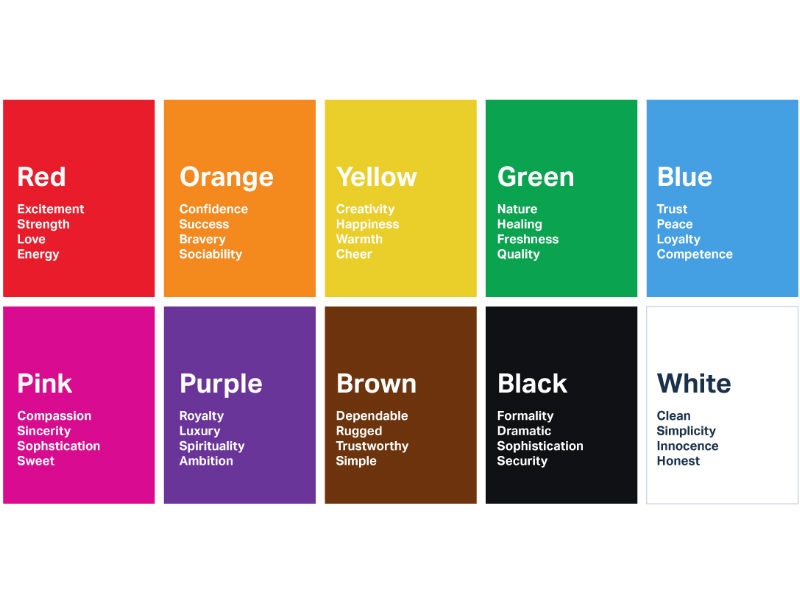
Image Credit: London Image Institute
If you’re new to the concept of colour theory, we have collected a brief overview from DRG Architects mentioning colours’ impact on physical space and its occupants.
- Red: Stimulant; provokes conversation; improves performance/concentration; spurs action.
- Orange: Uplifting; stimulates critical thinking and memorization; increases appetite.
- Yellow: Promotes awareness; helps to release serotonin for a happy mood.
- Green: Calming effect; stress reliever; promotes concentration
- Blue: Enhances creativity and alertness; promotes tranquillity; improves overall health, memory, and mood; lessens fatigue and depression.
- Violet: Represents wisdom and authority; respect.
- Pink: Soothing; reduces heart rate; energizing effect (with saturated shades) or comforting effect (with paler shades).
- Black: Promotes sophistication, security, and efficiency; the absence of colour.
- White: Conveys sterility, simplicity, clarity, and purity; hygienic.
3. Colour for Playing Area
In kindergarten, children learn, play and have fun. Most of the time, children learn while they play, their behaviour development is cultivated in games. During playing, their communication skills, coordination skills and logical thinking skills are enhanced and improved. With strong curiosity, they are energetic and active in the school.
When it comes to kindergarten design, designers should think about children’s preferences such as their playing needs and increase their interest in interior space. Children love bright colours, in terms of space colour, it is suggested to use warm or light floors for paving.

Image Credit: Design Milk
If the kindergarten has enough space, you can create a space for them to paint as it is an excellent way for them to express their inner world. Painting on the wall is another kind of experience to highlight children’s nature.
4. Colour Relationship
Scientific studies showed that students with learning disabilities and ADHD usually experience distorted colour discrimination. Children’s psychology research also shows that 3-year-old preschool children can’t distinguish different colours well, 4-year-old children’s ability to distinguish different colours gradually improves, 5-year-old children have been able to notice colour saturation, and 6-7-year-old children are more capable of distinguishing subtle differences in colour saturation (Wang, 2020).
It can be seen that the importance and impact of colour on children is crucial for their development. That is why it is necessary to help children form colour vision in kindergarten interior design. It’s not about being colourful but being fun.
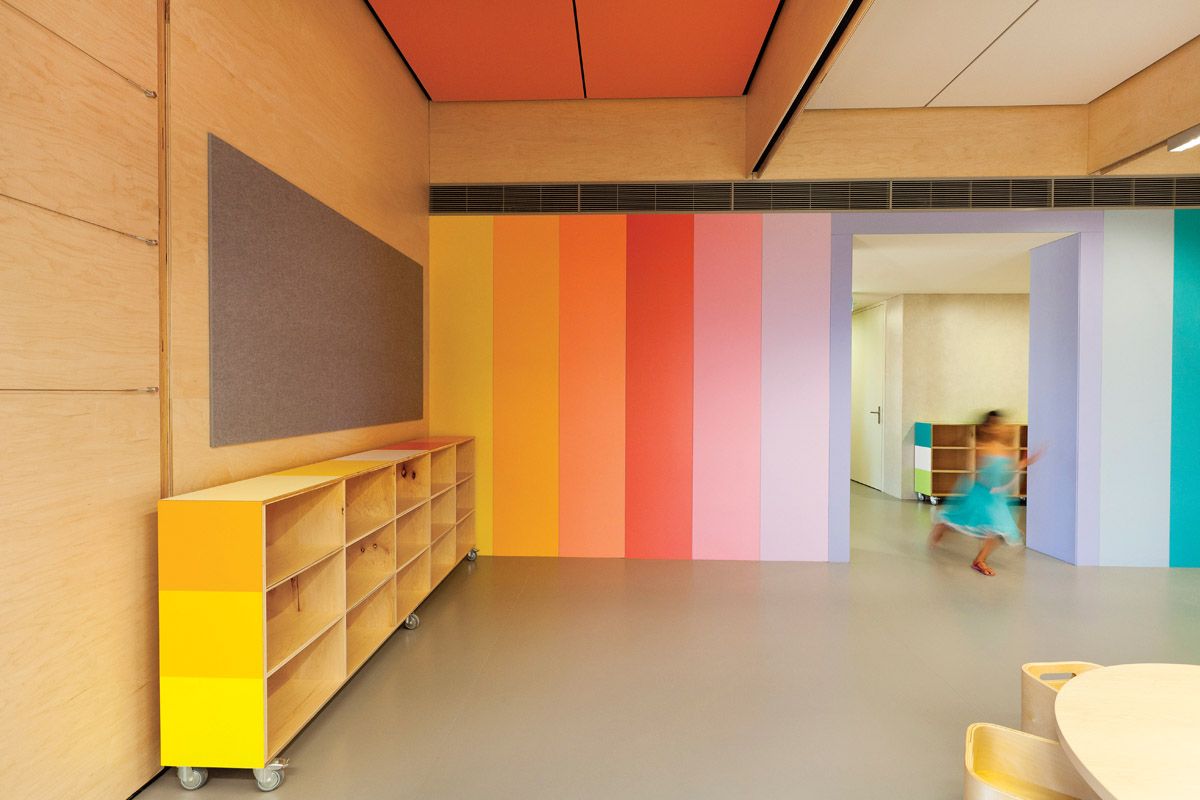
Image Credit: Architecture Au
Although bright colour matching is the best option for the colour tone in kindergarten extra use of colours might affect children’s eyesight and cause distraction. Therefore, the overall colour tone should present a harmonious effect. Simple tips: not to match more than three colours in the interior, and consider local decoration as well.
High saturation tones such as “red, yellow and blue” can be used as the main colours, highlighting the main entrance and space division, so that the whole space has a jumping degree while for the interior like the classroom, the colour is light, and then furniture or decoration is used to increase the sense of space.
5. Exchange Space Colour
Talking about space function, we have to consider the needs of children in learning and conducting activities. Imagine the child is crying when he/she refuses to enter the classroom, where the child and the parents should go? Therefore, designing a communication space is important. The communication space serves for relieving children’s discomfort and fear in an unfamiliar environment.

Image Credit: Archdaily
The exchange of colour emotion in space should be based on a soothing and calm mood, which can adopt a neutral colour tone, and the furnishings can be set off with green or wood tone, so as to appropriately increase the natural atmosphere and build a comfortable space environment and colour emotion.
Children, as well as adults, are very aware of colour. Pay attention to the details to strive for a great design.
Looking for a good plan design for your kindergarten? Our experts are ready to assist you!
Speak with The Experts
Planning to get started at your kindergarten but have no idea about it?
Childcare Center Renovation Singapore is a reliable company for renovation and interior design. They have about ten years of experience in this field and also have a good reputation from customers.
Call us now to get your desired kindergarten design ideas now!

